
While we were in Tokyo, Adam and I also took a quick jaunt over to the sometimes controversial Yasukuni Shrine and Yushukan Museum. Yasukuni is a Shinto shrine built in the late 1800s to commemorate the lives of Japanese nationalists who died during the Boshin War, for the Meiji Restoration. The souls (kami) of those early nationalists and many since (up until 1951) have been religiously interred in the Yasukuni Honden shrine.
Those interred are chosen based on having died in the service of Japan, not on other qualifications, such as age, social status, or deeds while living. As a result, several of the kami interred in the shrine are considered war criminals by other nations. This honor for convicted war criminals causes tensions with China and South Korea, particularly when Japanese dignitaries visit Yasunkuni Shrine to pay their respects to these honored dead.
According to Wikipedia, “there are over 2,466,000 enshrined kami currently listed in the Yasukuni’s Symbolic Registry of Divinities. This list includes soldiers, as well as women and students who were involved in relief operations in the battlefield or worked in factories for the war effort. Enshrinement is not exclusive to people of Japanese descent. Currently, Yasukuni Shrine has enshrined 27,863 Taiwanese and 21,181 Koreans without consultation of surviving family members and in some cases against the stated wishes of the family members…. Shrine officials have stated that unlike traditional Shinto shrines, all enshrined kami are immediately combined and inseparable, and therefore impossible to ‘remove.'”
Shortly after our trip, the Yasukuni Shrine found itself back in the news again, when the prime minister donated money to the shrine, and members of the Cabinet and other dignitaries visited, as well as the 66th anniversary of Japanese surrender, followed shortly by the announcement from the Prime Minister that Japan will be building up its military once again.
There are several very large gates, (torii) leading up to the front of the shrine. I was a bit in awe of how monumental the lead-up to the shrine is.
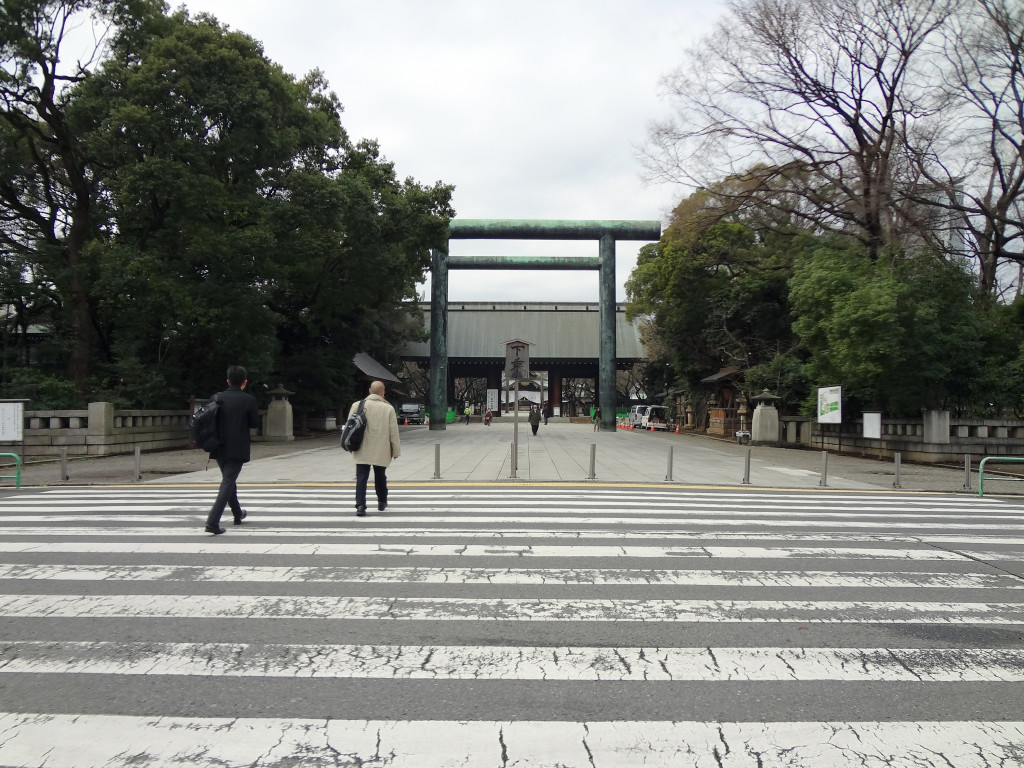
Facing Yasukuni Shrine from the closest street. The building you see directly behind the Daini Torii (the largest bronze torii in Japan)
is the shinmon, a hinoki cypress gate built in 1934. Each of its two doors bears a chrysanthemum crest nearly 5 feet in diameter.
Past it is the outer shrine. Not visible is the inner shrine.
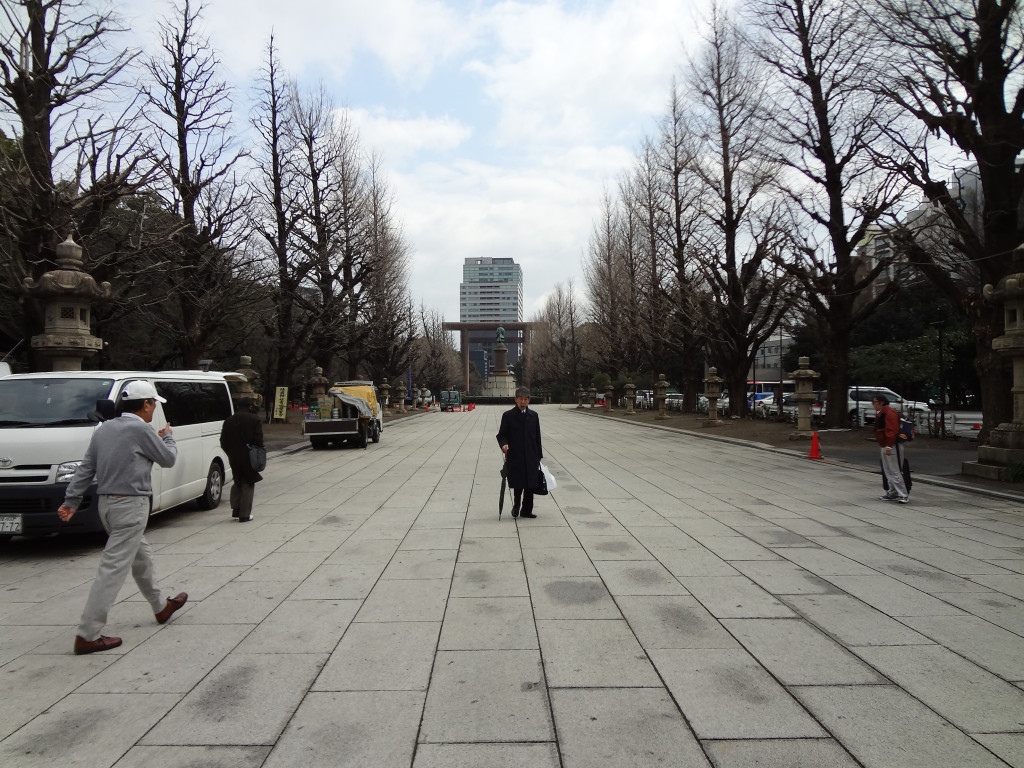
This is the view in the opposite direction, from the same place. You can see two torii gates in the distance, if you look very closely.
The farthest is way on the other side of this large plaza area.
Before we went inside, we drank used ladles to drink from a purification font, called Otemizusha, and washed our hands with the leftover water. This is to cleanse the body and soul before entering sacred grounds.
The outer shrine (haiden) and grounds that we saw (the honden, or inner shrine, is generally closed to the public) were very peaceful and pretty. There were flowering trees, with artfully gnarled and twisting roots, trunk, and branches.
We didn’t go up to offer our respects, because Adam and I were feeling foreign and shy.
After that, we strolled over to the Yushukan, a japanese military and war museum on the grounds. We were only allowed to take photos in the lobby, which was a shame, because aside from some fascinating artifacts, the museum offered a very interesting and uniquely japanese perspective on several of the modern conflicts there were involved in, leading up to their disarmament after World War II.
I don’t want to get into it too much, but I will just say that every country (let’s face it, every person) tries to paint the past in the best light they can, and to think that they did the best they could in a situation; the USA, Japan, and everyone else. The difference in perspective from what I was taught was stark.
Some of the artifacts wigged me out a bit – a flag with the circle made red with blood, thick rope for a boat made from human hair, the suicide bits. (Not just kamikazes in planes, but also human-guided torpedos, and suicide scuba divers with bombs on sticks, though the war ended before the last part could be fully deployed). I did enjoy some of the artifacts, though. The ancient stuff was way cool, and the handwritten last letters home from soldiers in the field were very interesting. Some were touching and some were surprisingly distant. Everyone handles things differently I suppose.
With the historical and cultural education off the charts, the Yushukan is definitely worth a visit, and since it is conveniently located within the grounds of the scenic and historically significant Yasunkuni shrine, a tandem visit to these two landmarks is a no-brainer for anyone visiting Tokyo.
emily
Nerd. Foodie. Gamer. Homecook. Perpetual planner. Gardener. Aspiring homesteader. Direct response graphic designer. I use too many damn commas.
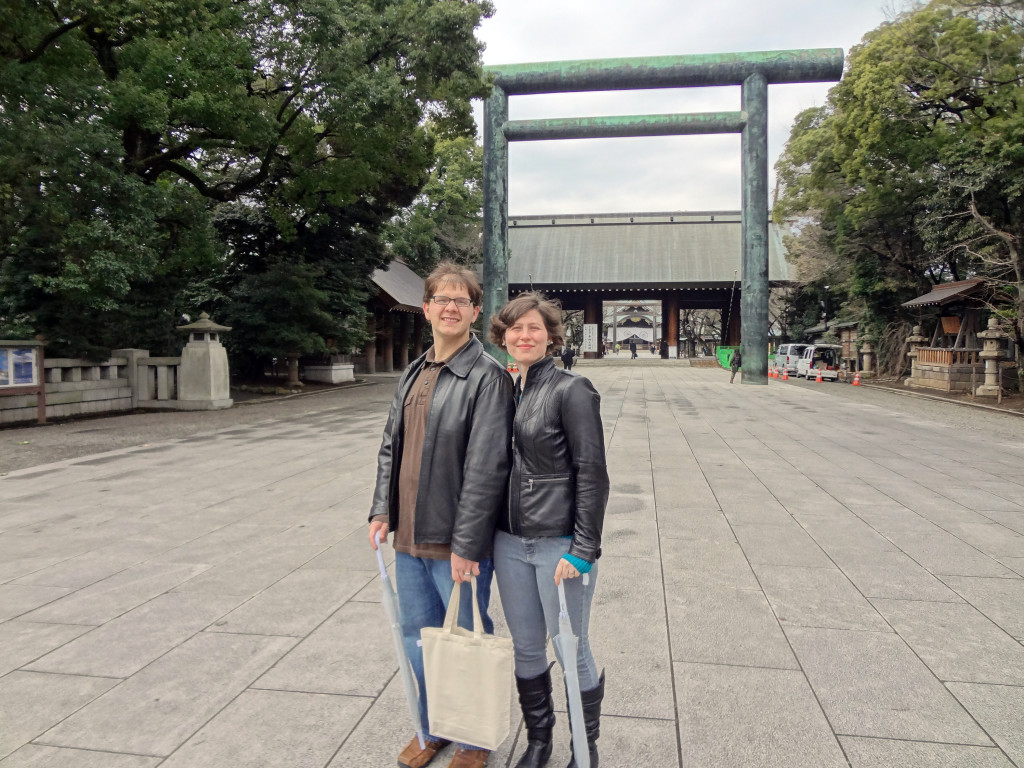
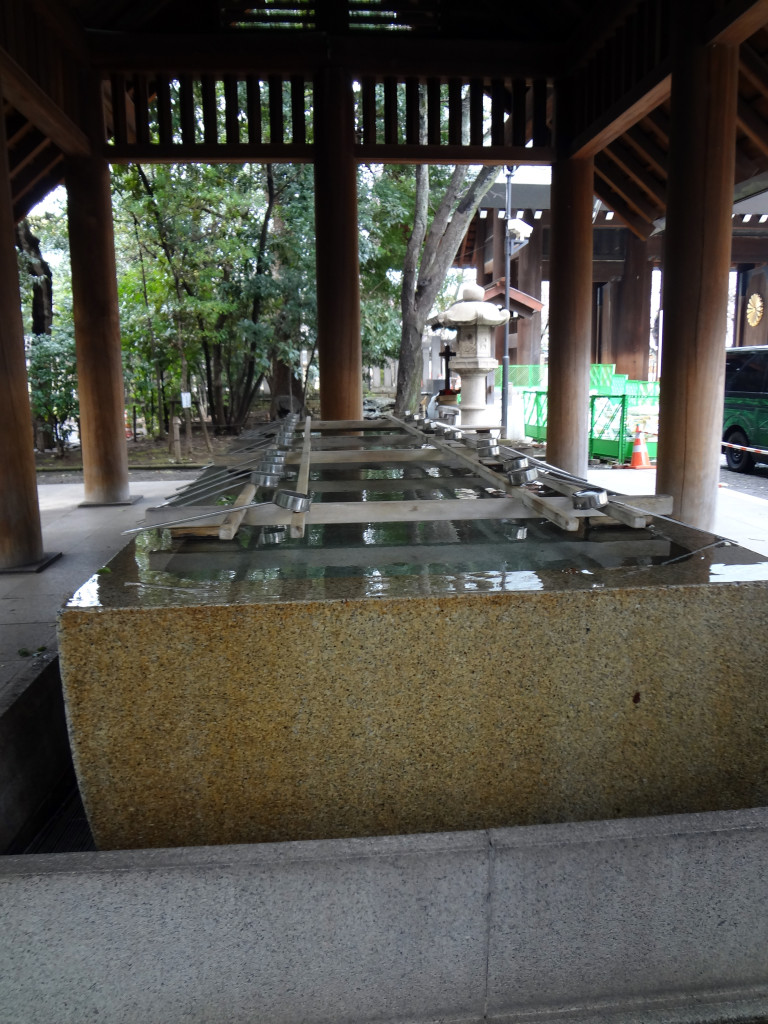
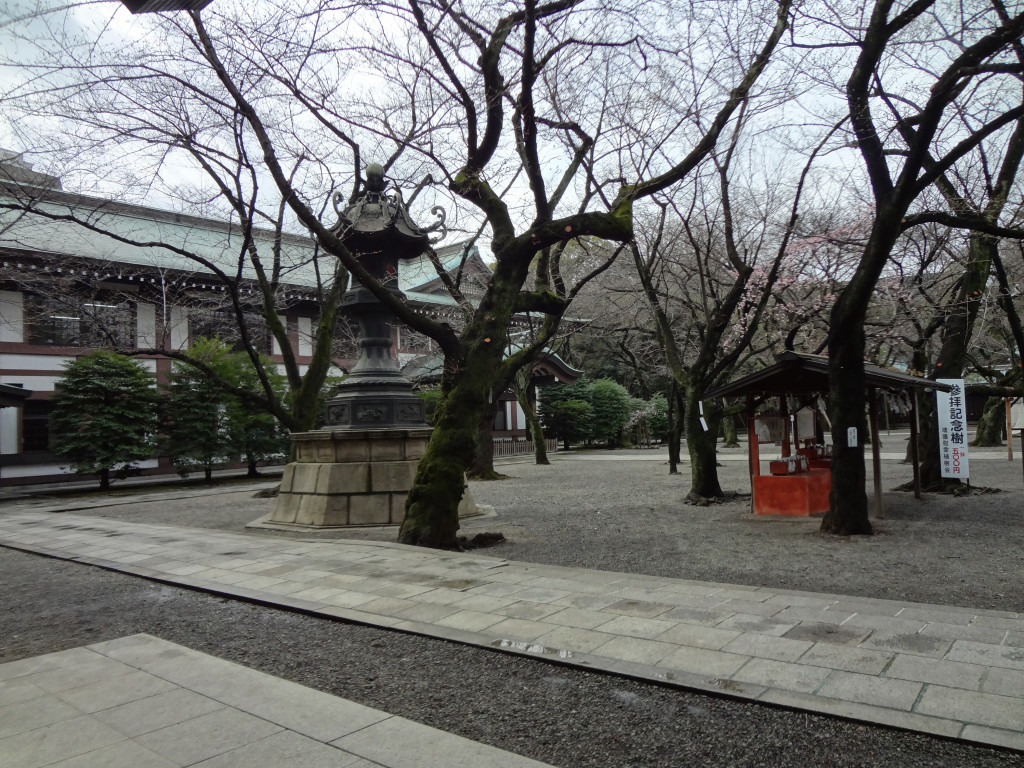

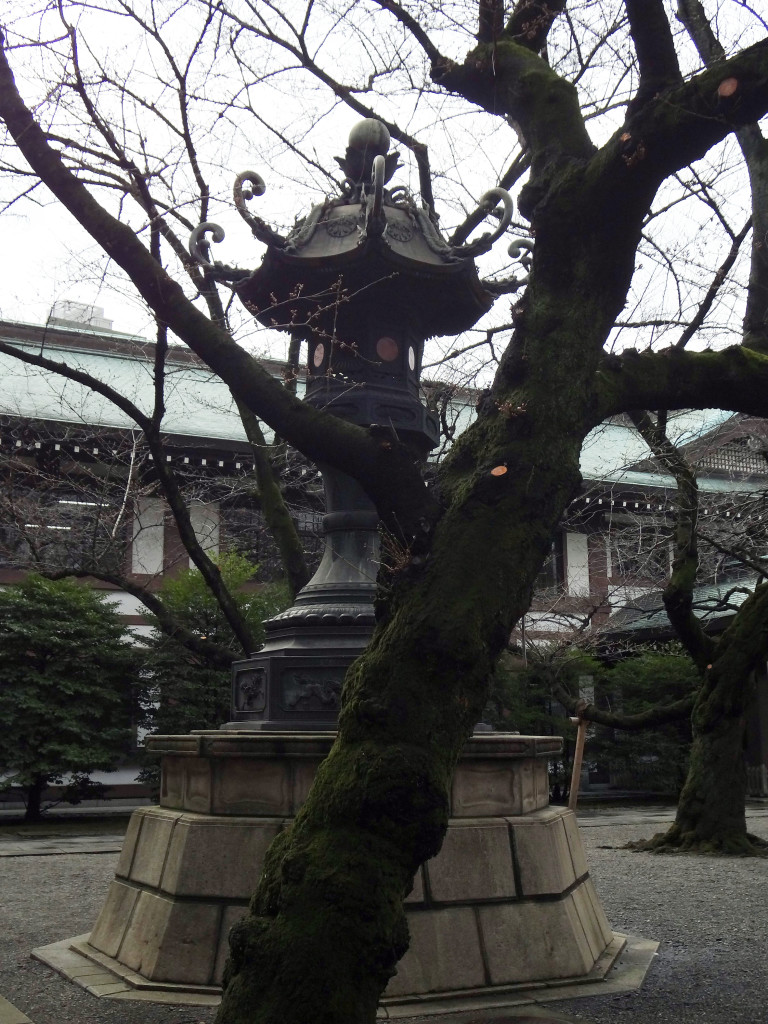
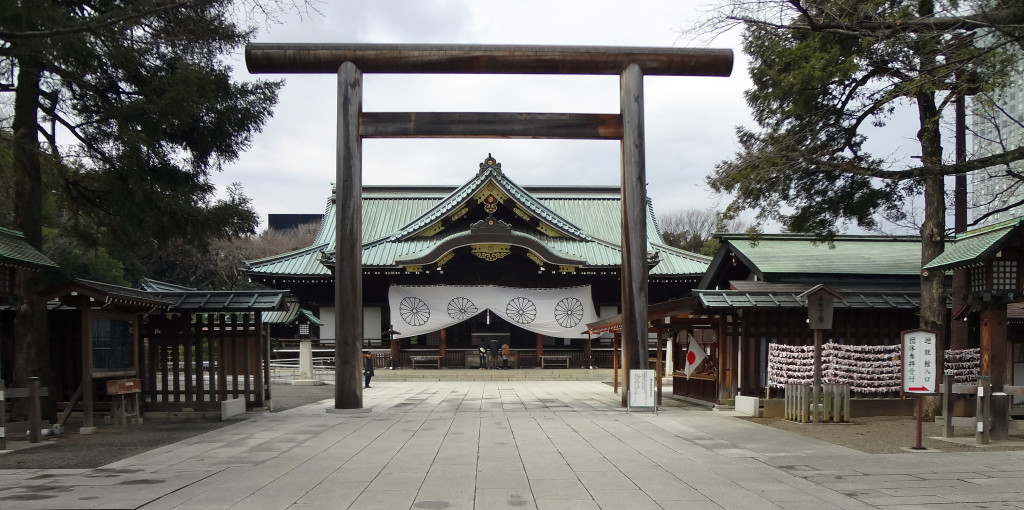
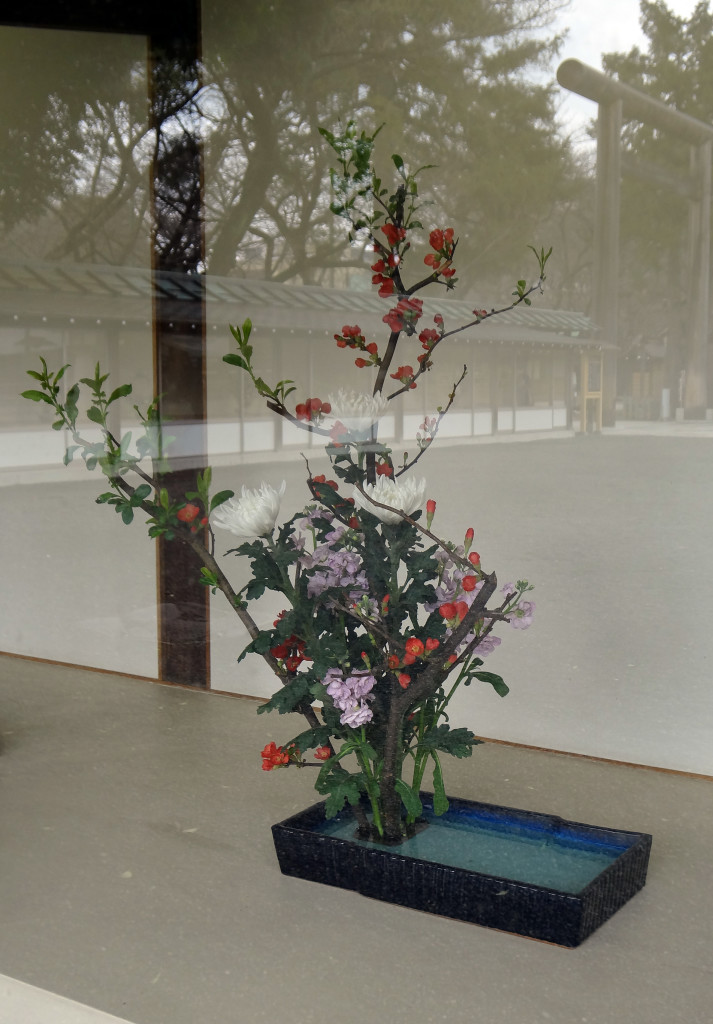
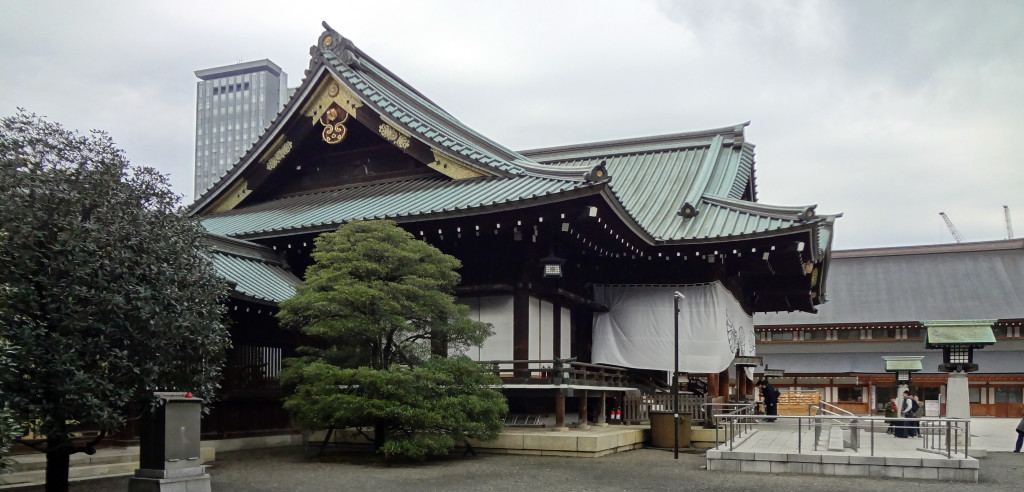
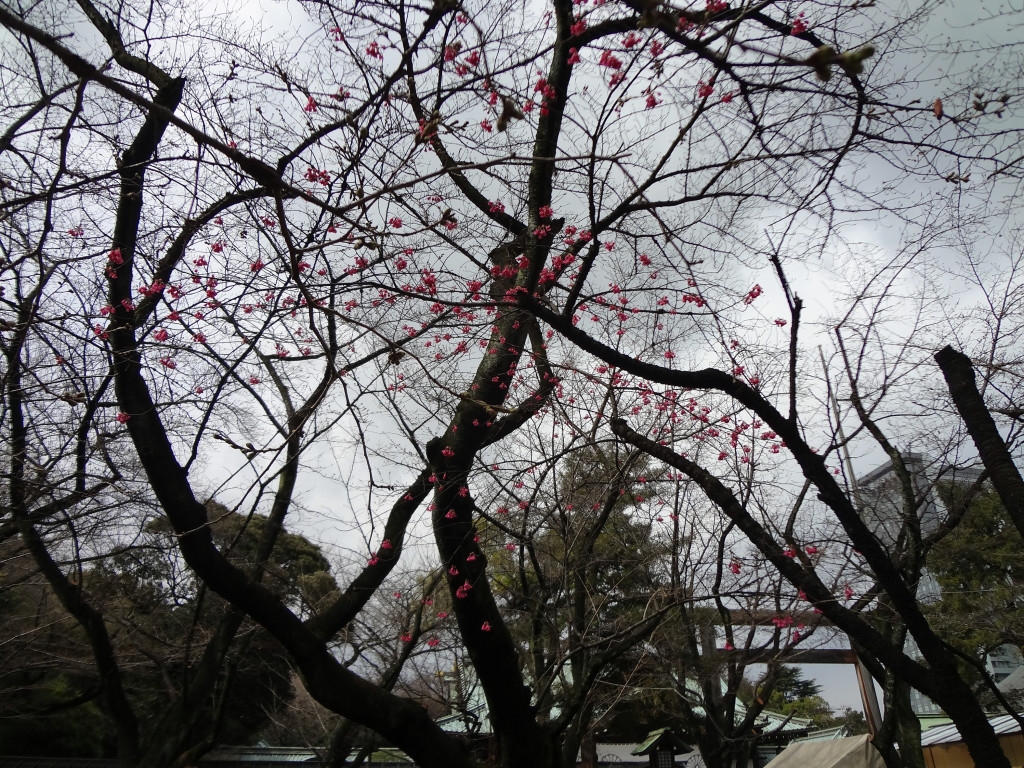
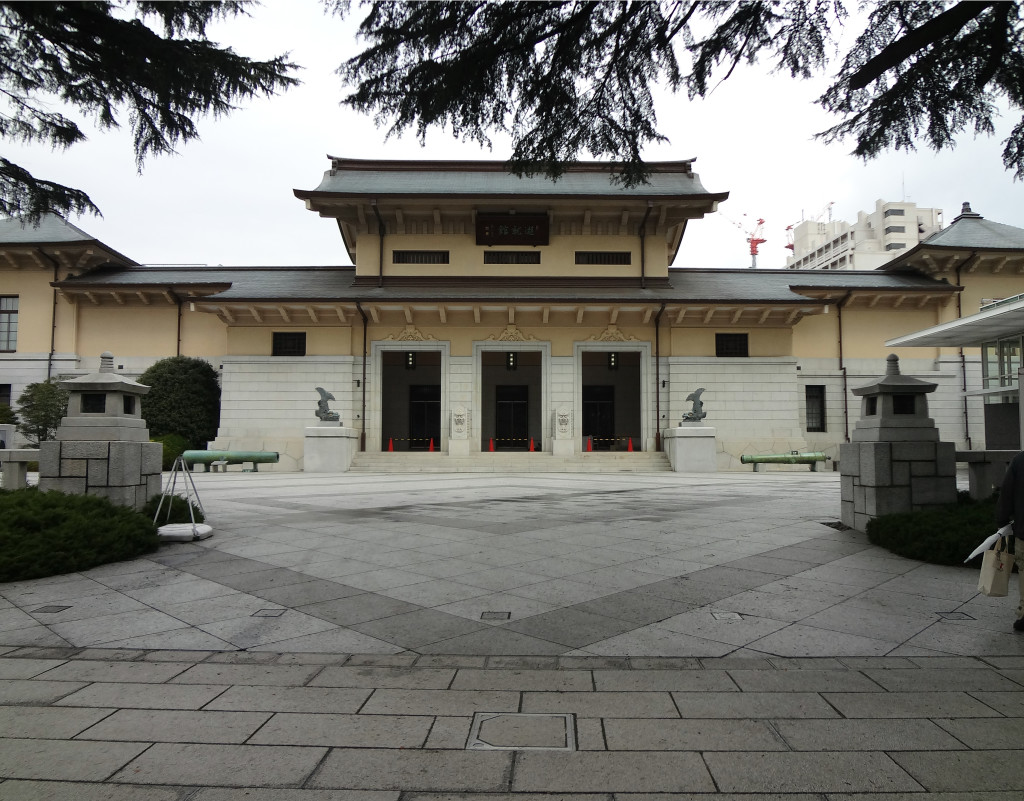

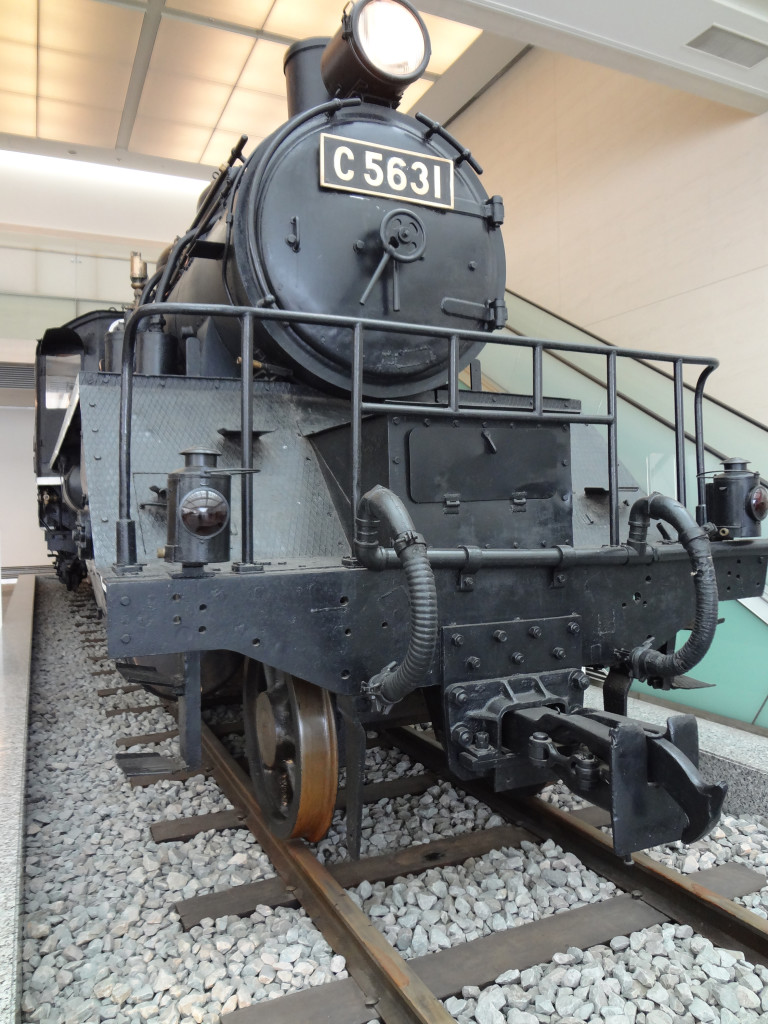
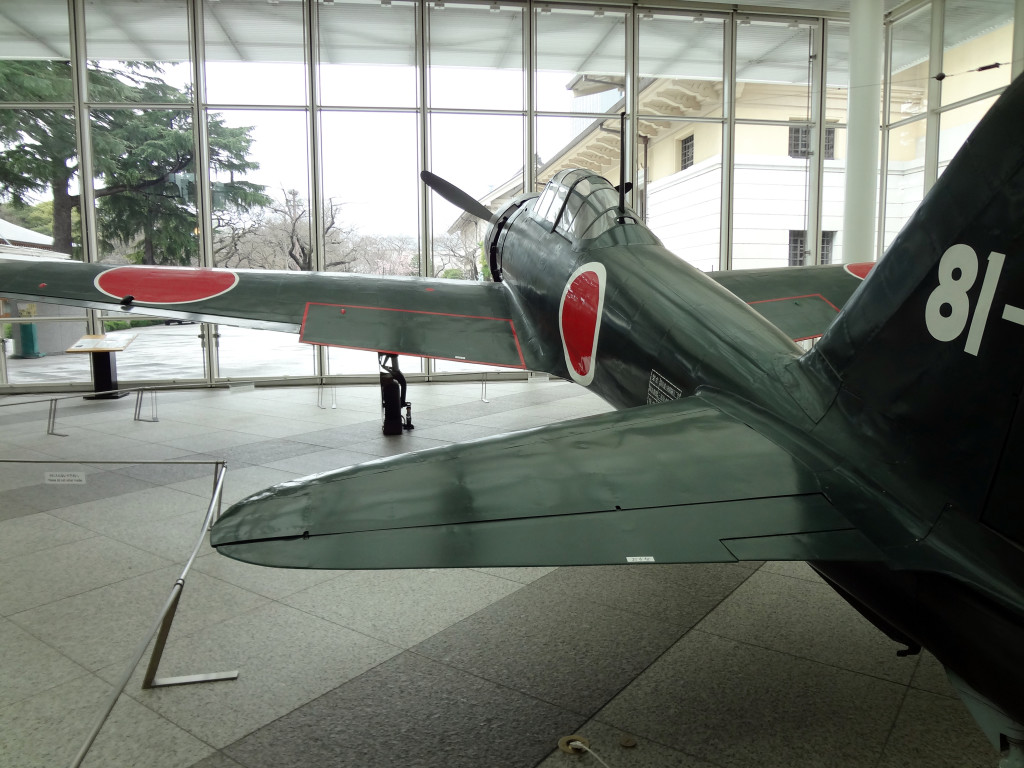
One thought on “Japan: Yasukuni Shrine & Yushukan Museum”
Comments are closed.